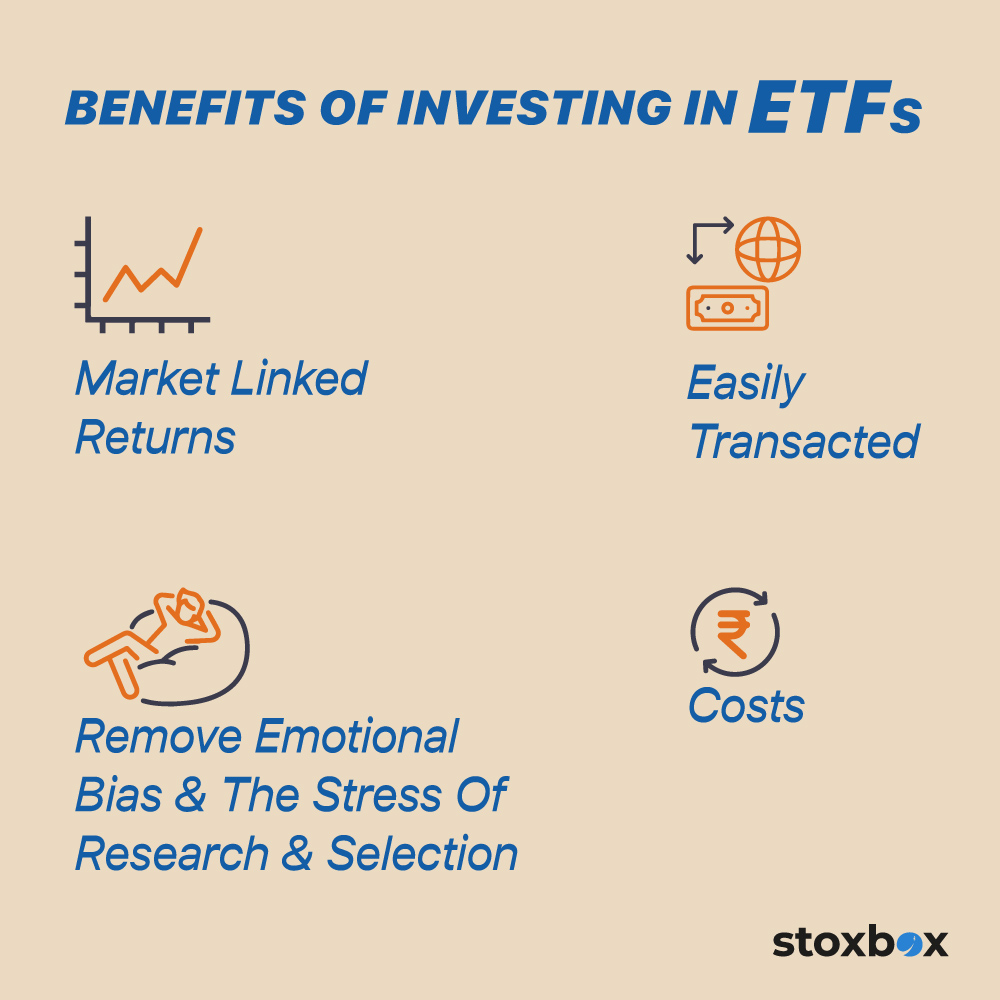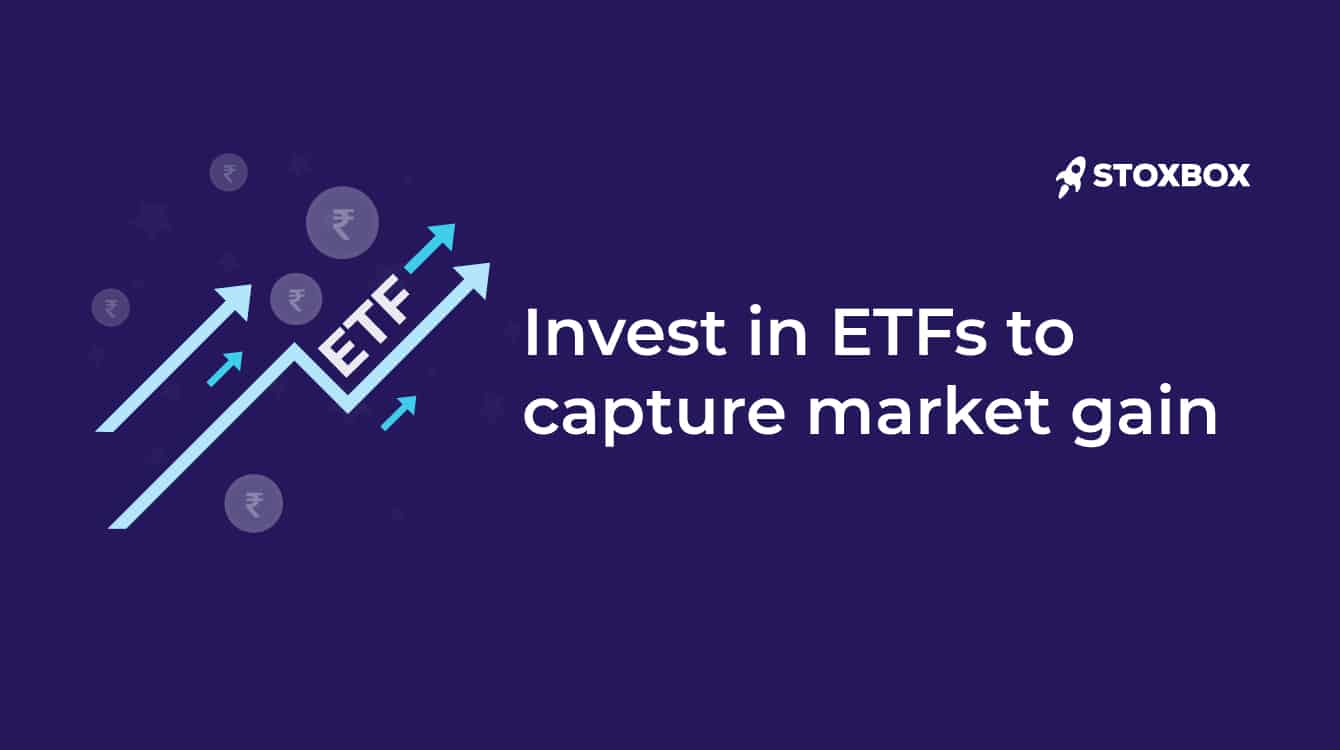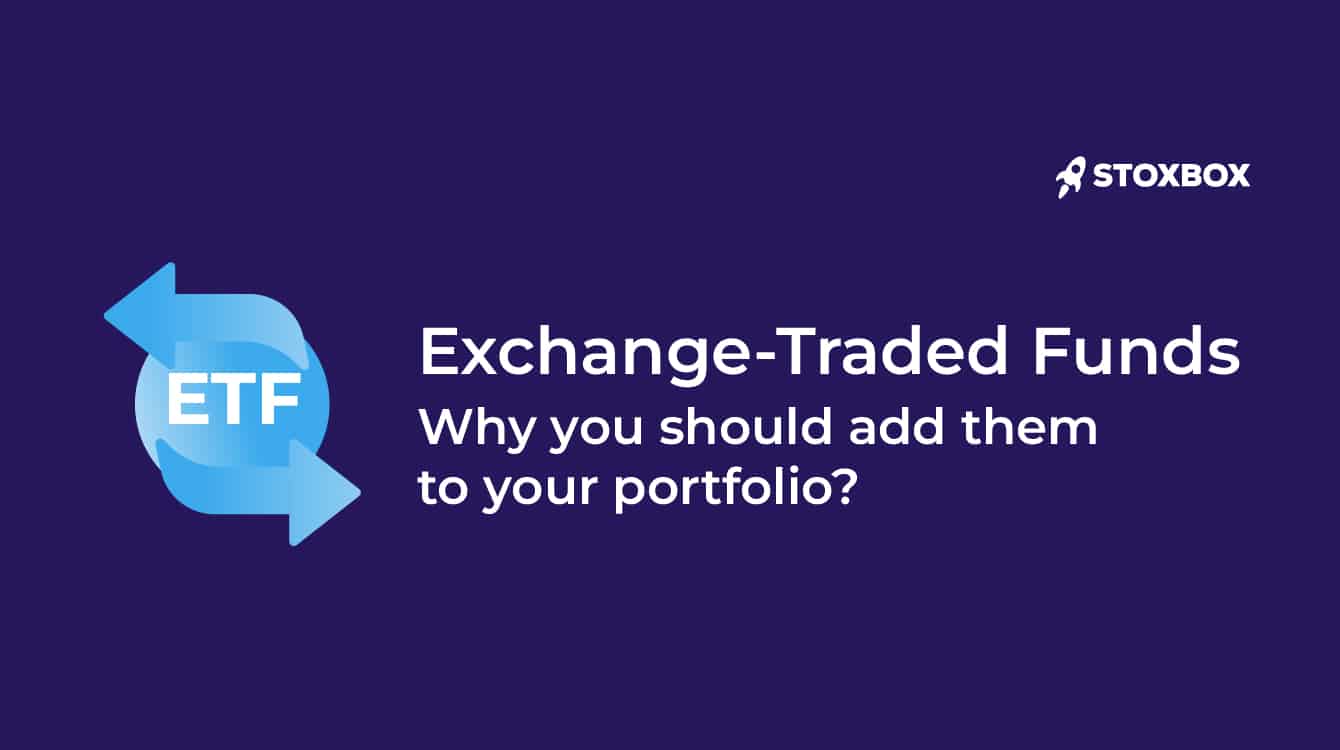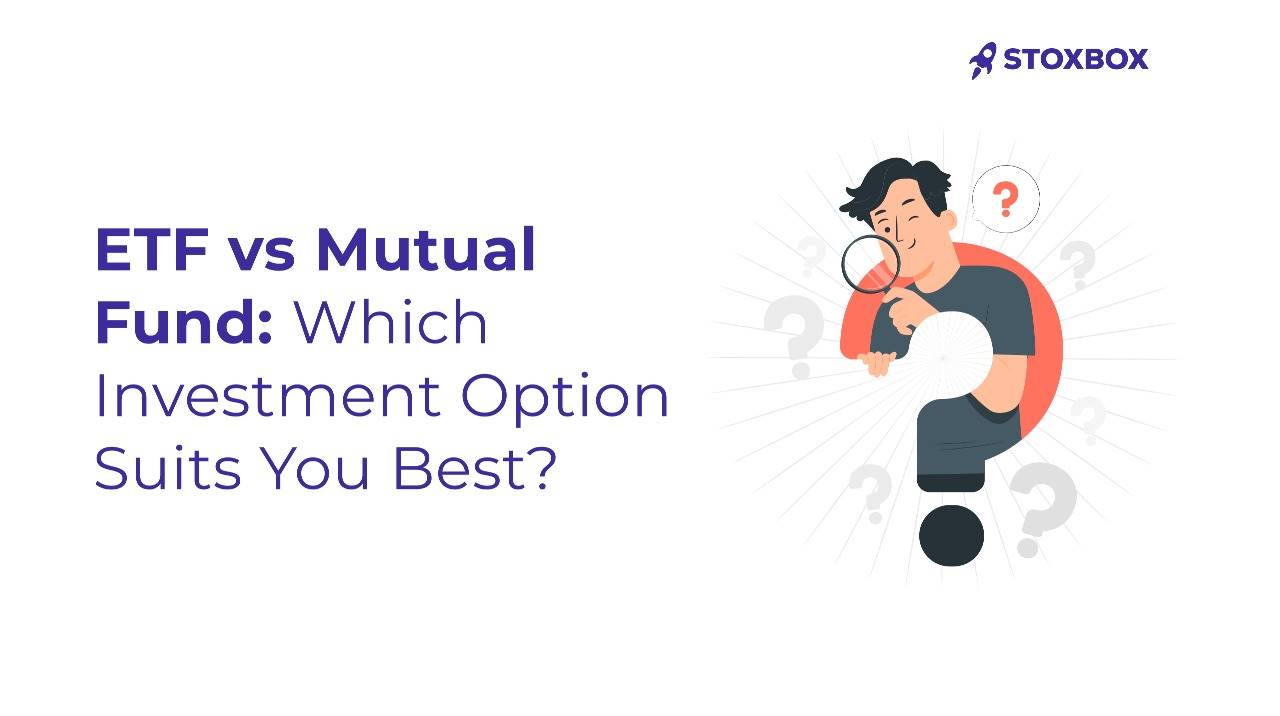Invest in ETFs to capture market gains
On 7th December, 2020, the benchmark Nifty was trading at 13300 levels. Today, one year later, the Nifty is trading at 17100 levels. Over this time period, returns on the index have been approximately 28.5%. Stupendous by every measure. However, the question you need to ask yourself is whether your equity portfolio has mirrored these gains? Maybe for some it has and for others it has not.
Inarguably, equities are great vehicles of long-term growth and wealth generation. However, the very nature of equities is to be volatile. This volatility impacts our ability to make rational decisions. Further, when it comes to equity investing, you also need to do a lot of in-depth research, select the right stocks, and know when to enter and exit a position. A challenging task for sure. So, how can you benefit from equities without taking the commensurate risk?
Exchange Traded Funds (ETFs) could be an ideal option for both beginners as well as seasoned investors. First up, let’s break down what ETFs actually are into two parts.
The ABC of ETFs
The first part is the very structure of the ETF. It is simply a type of investment fund that replicates an underlying index or basket of securities. The second part is the way ETFs can be transacted. From that perspective, ETFs are traded on the stock exchange and can easily be bought and sold throughout the day just like the stocks of companies. All you need is a demat account and you are set. In India, most ETFs are index funds. This means that the ETFs are structured to replicate the selected benchmark index. So, they will purchase the same securities as a stock market or bond market index and that too in the same proportion. If index composition changes, then the ETF will rebalance to reflect the new composition. Since ETFs replicate the index holdings, they are also able to generate returns similar to the underlying index. For example, a Nifty 50 ETF will comprise the Nifty 50 stocks in the same proportion as the Nifty Index. As a result, the ETF will mirror Nifty 50 movements, generating positive returns when the index is up and negative returns when the index is down.
However, it is important to note that the ETF will not generate the exact same returns as the underlying index. This is because there could be minimal tracking error in terms of replicating the index and also to adjust for transaction costs and fees. Having said that, since ETFs primarily adopt a buy and hold strategy, the fees associated with them are generally lower than active management fees.
Benefits of investing in ETFs

Let’s see what you can get by investing in ETFs.
- Market linked returns: When you invest in an ETF, you get market linked returns since you are basically investing in the market index.
- Easily transacted: Similar to stocks, ETFs are listed on stock exchanges and can be traded (bought or sold at any time the market is open through the demat account. This way, investors can easily trade ETFs on their mobile phone as well.
- Remove emotional bias and the stress of research and selection: When you invest in an ETF, you do not have to go through the additional stress of security selection or market timing. This can help you improve your investment outcomes.
- Costs: ETFs are generally less costly than actively managed funds.
Thus, for a first-time investor, ETFs tick multiple boxes by providing equity exposure to equities in a low-cost, convenient, and relatively low-risk manner. For seasoned investors, ETFs can help you diversify your equity portfolio and enhance risk-adjusted returns. Clearly, ETFs should enjoy some allocation in your investment portfolio.
Frequently Asked Questions
How do ETFs differ from mutual funds in terms of trading?
ETFs are traded on stock exchanges like individual stocks, allowing you to buy or sell them throughout the trading day at market prices. In contrast, mutual funds can only be bought or redeemed at the end-of-day Net Asset Value (NAV).
What types of ETFs are available for investment?
There are various types of ETFs, such as equity ETFs, bond ETFs, commodity ETFs, and sector-specific ETFs, catering to different investment objectives and risk profiles.
Are ETFs suitable for long-term or short-term investment?
ETFs can be suitable for both long-term and short-term investments. Long-term investors can use ETFs for diversification, while short-term investors can leverage them for liquidity and tactical allocation.
What are the costs involved in ETF investments?
ETFs typically have lower expense ratios compared to mutual funds, but they may incur additional costs like brokerage fees and bid-ask spreads during trading.
Can beginners start their investment journey with ETFs?
Yes, ETFs are ideal for beginners due to their simplicity, diversification, and affordability. They allow exposure to a broad market or specific sectors with minimal investment.
How is the performance of an ETF evaluated?
ETF performance is assessed based on how closely it tracks its underlying index. Tracking error, expense ratio, and returns compared to the benchmark index are key evaluation metrics.
What risks should I consider before investing in ETFs?
Risks include market volatility, tracking error, and liquidity concerns. It’s essential to research the underlying assets of the ETF and understand its market behavior before investing.
You might also Like.
ETF vs Mutual Fund: Which Investment Option Suits You Best?
Understand the difference between ETF Vs Mutual Funds Table of...


